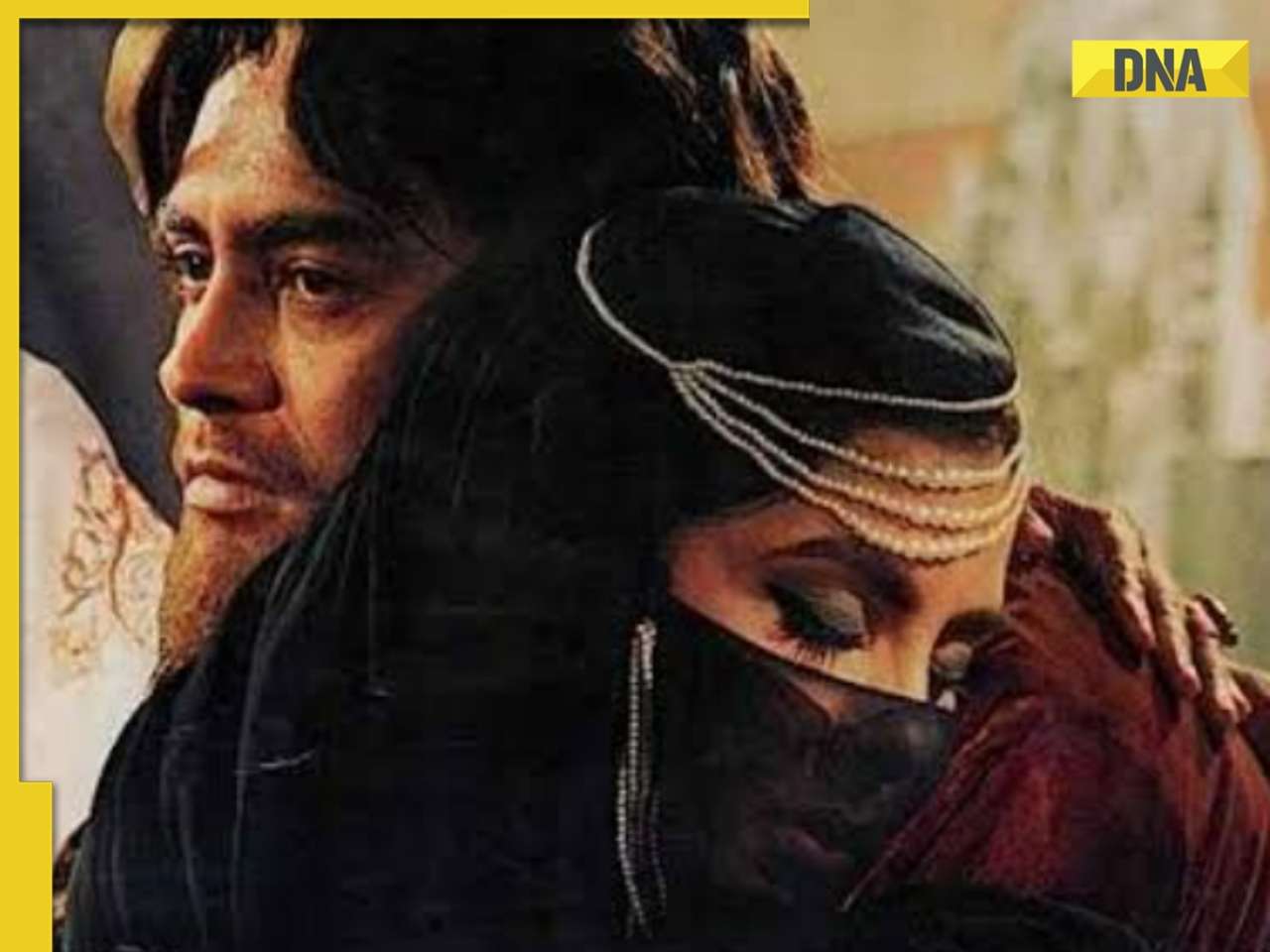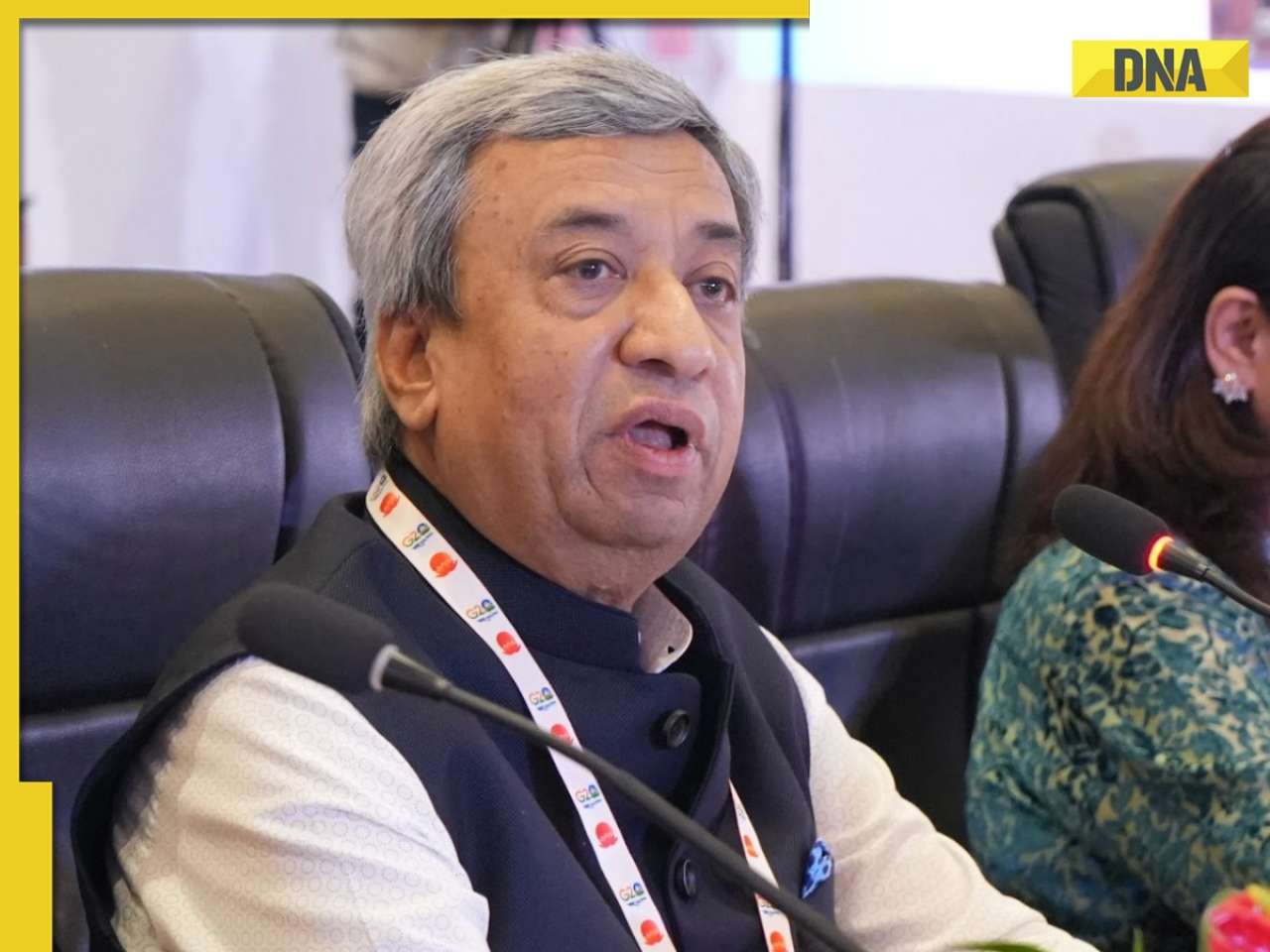India are clearly on the up, but the big question is whether Australian cricket, like the global economic markets in recent weeks, is in a free fall.
MUMBAI: That the power matrix of international cricket is being redefined is now evident from the result of the series just concluded. India are clearly on the up, but the big question is whether Australian cricket, like the global economic markets in recent weeks, is in a free fall.
So comprehensive were the defeats that, going strictly by the figures, India could well have been playing a minnow, not a side that has ruled the sport for more than 15 years. The Mohali Test was lost by 320 runs, the one at Nagpur yesterday by 172.
Statisticians will have to scramble back almost two decades, when the West Indies juggernaut was crushing everything in its way, to find a poorer result for Australia.
Why a team that had come here a week in advance to acclimatise flopped so badly is something that will intrigue the game’s followers as much as the Australian selectors and players. This was to be a ‘grudge’ series, remember, after the acrimony of the previous contest between the two teams. The Aussies had made it known soon after arrival, both directly and obliquely, that they wanted to prove a point. So what went wrong?
My surmise is the outcome of this series has its genesis in the ‘grudge’ itself and the impact it had on the two teams. Given the nature of the Monkeygate controversy, the heat and rancour it generated, this was a battle that was going to be won or surrendered in the head before it was played out on the field.
In fact, the pressure became so much that it was manifest in the conflict between Ponting and Lee on the field in Mohali, something unthinkable in Australian cricket ethos.
Australia’s cricketing plans were well-laid-out when they arrived, but they had lost the plot in the head before a single ball was bowled. In India’s case, it was the other way around, motivating the players to perform above themselves, despite the brouhaha and sentimentalism over the seniors.
Just how much Monkeygate has affected Australian cricket is now even more sharply evident from the events that transpired before and during this series. In the aftermath of the controversy, relations between the players and the establishment became less than cordial. Worse, star all-rounder Andrew Symonds – a key figure in the episode – was dropped for indiscipline and made no bones about his disillusionment with his board and his teammates for not supporting him.
Such support came from extracts of books by Gilchrist and Ponting released during the tour, but by that time the Australians were already under duress and only exacerbated the matter for it seemed to rile the Indian players to perk up even more, as became clear from the second Test onwards.
Set back at the psycho-emotional level, the Australians seemed to play against their grain on the field. True, losing the toss in three Tests did not help their cause, but overall their approach was so pusillanimous as to be shocking. The hallmark of Australian cricket had been frontal assault. The lack of aggression in the batsmen was compounded by the dismal performance of the fast bowlers, who often bowled with only one slip.
The team selection was also poor, which saw their main spinner Jason Krejza out of action for the first three Tests. Moreover, Ponting was so consistently behind the overrate as to suggest that he was not just being defensive, but also clueless.
Evidently, Australia are yet to recover from the exit of Shane Warne, Glen Mcgrath, Justin Langar and Damien Martyn is quick succession.
India, on the other hand, went from strength to strength, showing resilience and flair in equal measure.
The two crucial partnerships between Harbhajan and Zaheer in the first Test and Harbhajan and Dhoni in the fourth showed the determination of the team to stand up to crises, and the prolific run-getting of Sehwag, Gambhir, Laxman, Tendulkar, Ganguly and Dhoni made the otherwise daunting Aussie bowling look pedestrian.
The Indian bowling — spin expectedly, but more surprisingly pace – which actually proved too much for the Australians. Harbhajan and Amit Mishra were very good, but Ishant Sharma and Zaheer Khan were outstanding. They bowled fast, accurately and had Ponting’s men hopping like one-legged kangaroos. Ultimately, though, it was the mental strength of the entire Indian team which saw them come through with flying colours.
Whether this was a one-off disaster or something more serious for Australia remains to be seen. Meanwhile, India have found the captain, the players and the momentum to become the number one side in the world.
![submenu-img]() DNA Explainer: Why was Iranian president Ebrahim Raisi, killed in helicopter crash, regarded as ‘Butcher of Tehran’?
DNA Explainer: Why was Iranian president Ebrahim Raisi, killed in helicopter crash, regarded as ‘Butcher of Tehran’?![submenu-img]() 1 dead, many injured after London-Singapore flight hit by severe...
1 dead, many injured after London-Singapore flight hit by severe...![submenu-img]() This film was based on iconic love story, actors and director died midway, was released incomplete 23 years later
This film was based on iconic love story, actors and director died midway, was released incomplete 23 years later![submenu-img]() Meet man who used to go medicine factory in childhood, now runs Rs 109000 crore pharma company, his net worth is...
Meet man who used to go medicine factory in childhood, now runs Rs 109000 crore pharma company, his net worth is...![submenu-img]() Akshay Kumar 'accidently' collided with RTO officer's bike in Bangkok, shares what happened next: 'I immediately...'
Akshay Kumar 'accidently' collided with RTO officer's bike in Bangkok, shares what happened next: 'I immediately...' ![submenu-img]() Maharashtra HSC 12th 2024: Result declared, know how to check
Maharashtra HSC 12th 2024: Result declared, know how to check![submenu-img]() Meet man who topped IIT-JEE, studied at IIT Bombay, then went to MIT, now is...
Meet man who topped IIT-JEE, studied at IIT Bombay, then went to MIT, now is...![submenu-img]() Meet man who once used to sell newspapers at 9, cracked UPSC exam, he is now…
Meet man who once used to sell newspapers at 9, cracked UPSC exam, he is now…![submenu-img]() Meet woman who secured high-paying job, not from IIT, IIM, VIT, her record-breaking package is...
Meet woman who secured high-paying job, not from IIT, IIM, VIT, her record-breaking package is...![submenu-img]() Maharashtra HSC Result 2024: Class 12th result to be released today, know time, steps to check
Maharashtra HSC Result 2024: Class 12th result to be released today, know time, steps to check![submenu-img]() DNA Verified: Is CAA an anti-Muslim law? Centre terms news report as 'misleading'
DNA Verified: Is CAA an anti-Muslim law? Centre terms news report as 'misleading'![submenu-img]() DNA Verified: Lok Sabha Elections 2024 to be held on April 19? Know truth behind viral message
DNA Verified: Lok Sabha Elections 2024 to be held on April 19? Know truth behind viral message![submenu-img]() DNA Verified: Modi govt giving students free laptops under 'One Student One Laptop' scheme? Know truth here
DNA Verified: Modi govt giving students free laptops under 'One Student One Laptop' scheme? Know truth here![submenu-img]() DNA Verified: Shah Rukh Khan denies reports of his role in release of India's naval officers from Qatar
DNA Verified: Shah Rukh Khan denies reports of his role in release of India's naval officers from Qatar![submenu-img]() DNA Verified: Is govt providing Rs 1.6 lakh benefit to girls under PM Ladli Laxmi Yojana? Know truth
DNA Verified: Is govt providing Rs 1.6 lakh benefit to girls under PM Ladli Laxmi Yojana? Know truth![submenu-img]() AI models show bikini style for perfect beach holiday this summer
AI models show bikini style for perfect beach holiday this summer![submenu-img]() Laapataa Ladies actress Chhaya Kadam ditches designer clothes, wears late mother's saree, nose ring on Cannes red carpet
Laapataa Ladies actress Chhaya Kadam ditches designer clothes, wears late mother's saree, nose ring on Cannes red carpet![submenu-img]() Urvashi Rautela mesmerises in blue celestial gown, her dancing fish necklace steals the limelight at Cannes 2024
Urvashi Rautela mesmerises in blue celestial gown, her dancing fish necklace steals the limelight at Cannes 2024![submenu-img]() Kiara Advani attends Women In Cinema Gala in dramatic ensemble, netizens say 'who designs these hideous dresses'
Kiara Advani attends Women In Cinema Gala in dramatic ensemble, netizens say 'who designs these hideous dresses'![submenu-img]() Influencer Diipa Büller-Khosla looks 'drop dead gorgeous' in metallic structured dress at Cannes 2024
Influencer Diipa Büller-Khosla looks 'drop dead gorgeous' in metallic structured dress at Cannes 2024![submenu-img]() DNA Explainer: Why was Iranian president Ebrahim Raisi, killed in helicopter crash, regarded as ‘Butcher of Tehran’?
DNA Explainer: Why was Iranian president Ebrahim Raisi, killed in helicopter crash, regarded as ‘Butcher of Tehran’?![submenu-img]() DNA Explainer: Why did deceased Iranian President Ebrahim Raisi wear black turban?
DNA Explainer: Why did deceased Iranian President Ebrahim Raisi wear black turban?![submenu-img]() Iran President Ebrahim Raisi's death: Will it impact gold, oil prices and stock markets?
Iran President Ebrahim Raisi's death: Will it impact gold, oil prices and stock markets?![submenu-img]() Haryana Political Crisis: Will 3 independent MLAs support withdrawal impact the present Nayab Saini led-BJP government?
Haryana Political Crisis: Will 3 independent MLAs support withdrawal impact the present Nayab Saini led-BJP government?![submenu-img]() DNA Explainer: Why Harvey Weinstein's rape conviction was overturned, will beleaguered Hollywood mogul get out of jail?
DNA Explainer: Why Harvey Weinstein's rape conviction was overturned, will beleaguered Hollywood mogul get out of jail?![submenu-img]() This film was based on iconic love story, actors and director died midway, was released incomplete 23 years later
This film was based on iconic love story, actors and director died midway, was released incomplete 23 years later![submenu-img]() Akshay Kumar 'accidently' collided with RTO officer's bike in Bangkok, shares what happened next: 'I immediately...'
Akshay Kumar 'accidently' collided with RTO officer's bike in Bangkok, shares what happened next: 'I immediately...' ![submenu-img]() Meet man, his grandfather founded political party, uncle was CM, he ditched it for Bollywood, worked for Bhansali, now..
Meet man, his grandfather founded political party, uncle was CM, he ditched it for Bollywood, worked for Bhansali, now..![submenu-img]() Meet actor who worked with SRK, Salman, Sushmita, gave many flop films, quit acting, married granddaughter of CM..
Meet actor who worked with SRK, Salman, Sushmita, gave many flop films, quit acting, married granddaughter of CM..![submenu-img]() 'Pregnant for sure': Katrina Kaif, Vicky Kaushal's viral video from London sparks pregnancy speculations
'Pregnant for sure': Katrina Kaif, Vicky Kaushal's viral video from London sparks pregnancy speculations ![submenu-img]() Viral video: Bride makes dramatic entrance from giant ice cube at snowy Alpine wedding in Switzerland
Viral video: Bride makes dramatic entrance from giant ice cube at snowy Alpine wedding in Switzerland![submenu-img]() Elephant lifts safari truck with tourists in shocking viral video, watch
Elephant lifts safari truck with tourists in shocking viral video, watch![submenu-img]() In another gaffe, Joe Biden says he was US 'Vice President' during COVID-19 pandemic, watch viral video
In another gaffe, Joe Biden says he was US 'Vice President' during COVID-19 pandemic, watch viral video![submenu-img]() Meet Nihar Thackeray, lesser-known nephew of Uddhav Thackeray, he is Eknath Shinde's...
Meet Nihar Thackeray, lesser-known nephew of Uddhav Thackeray, he is Eknath Shinde's...![submenu-img]() Heroic buffalo herd rescues one of their own from lion ambush, video is viral
Heroic buffalo herd rescues one of their own from lion ambush, video is viral






















































)
)
)
)
)
)